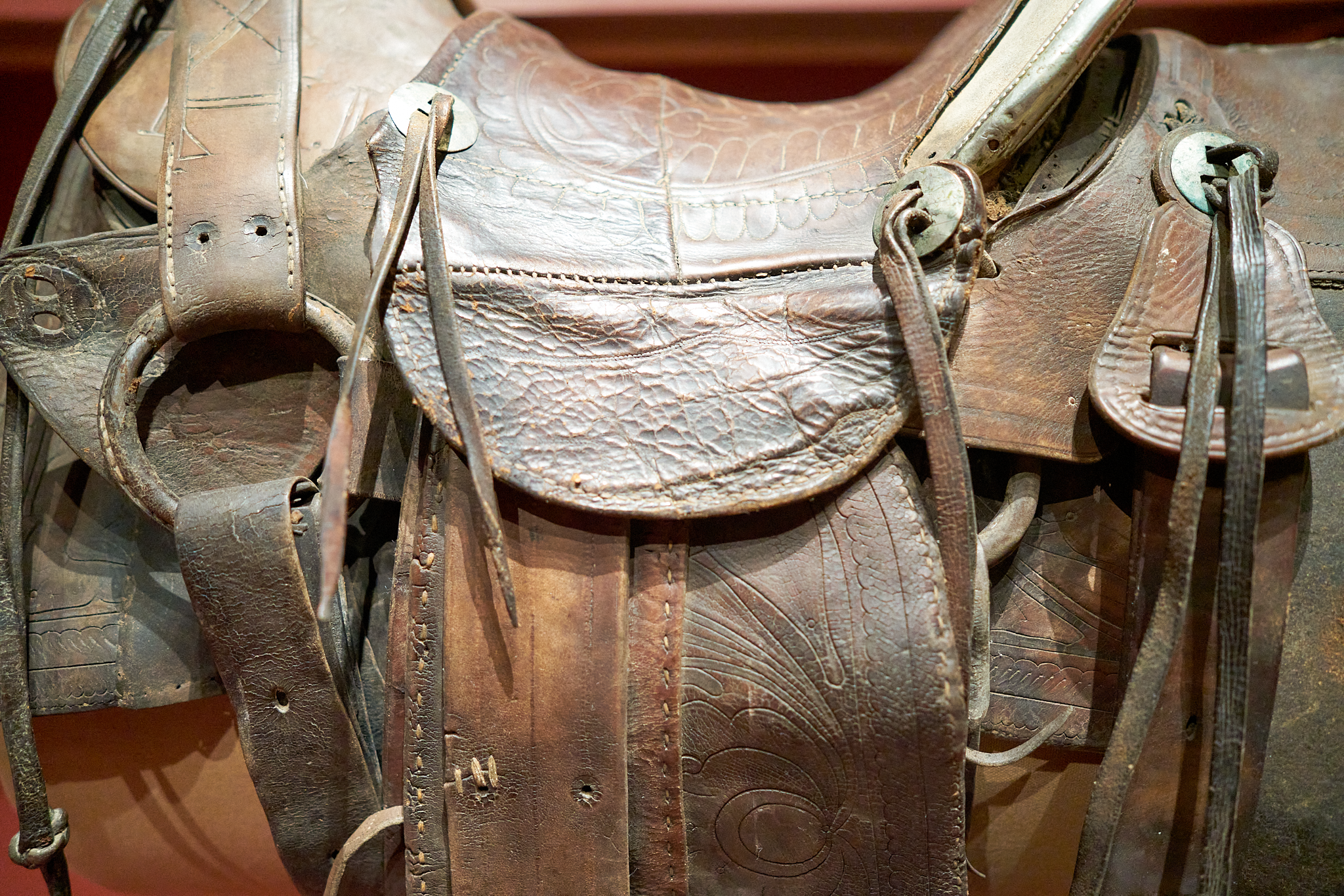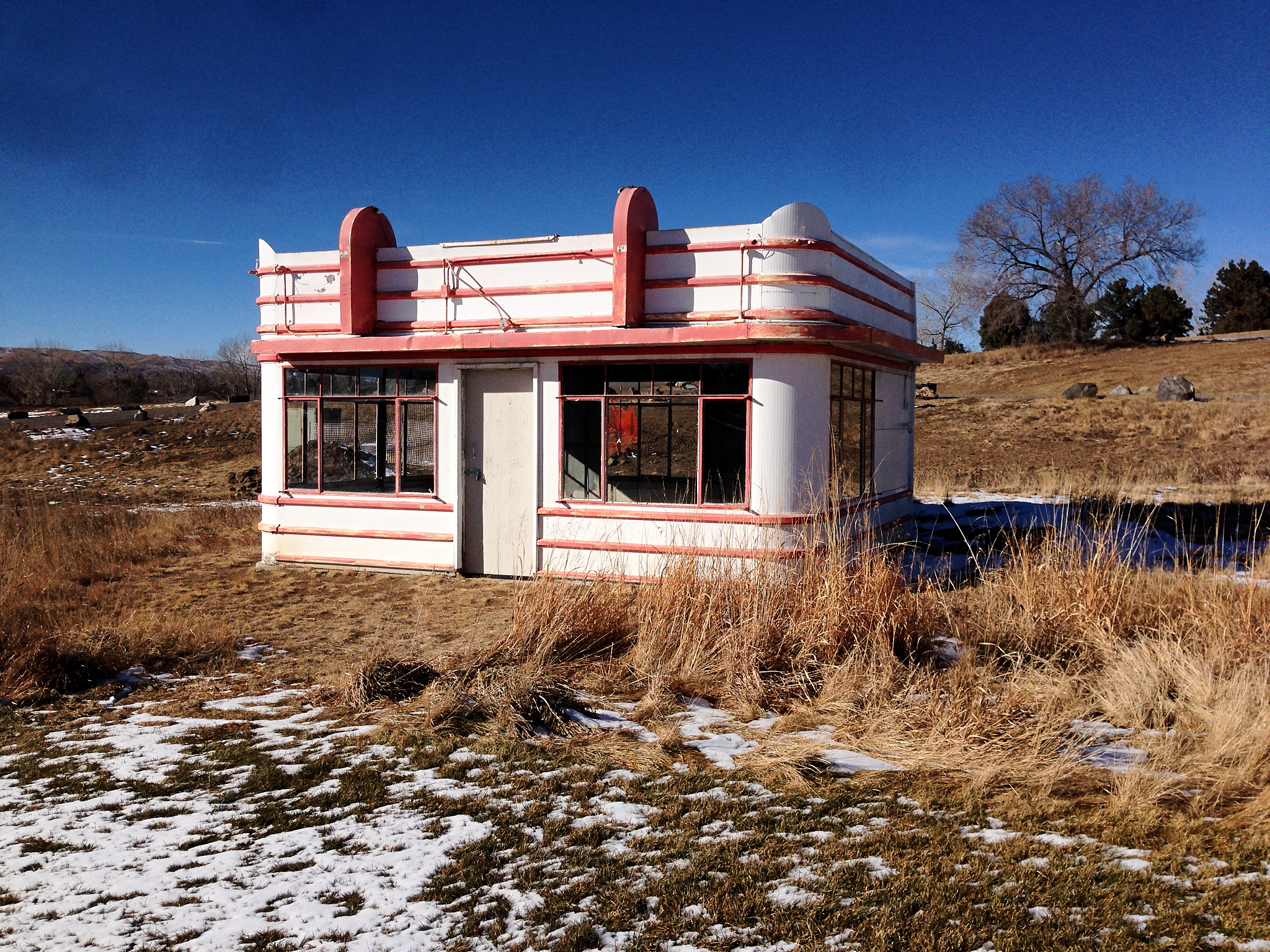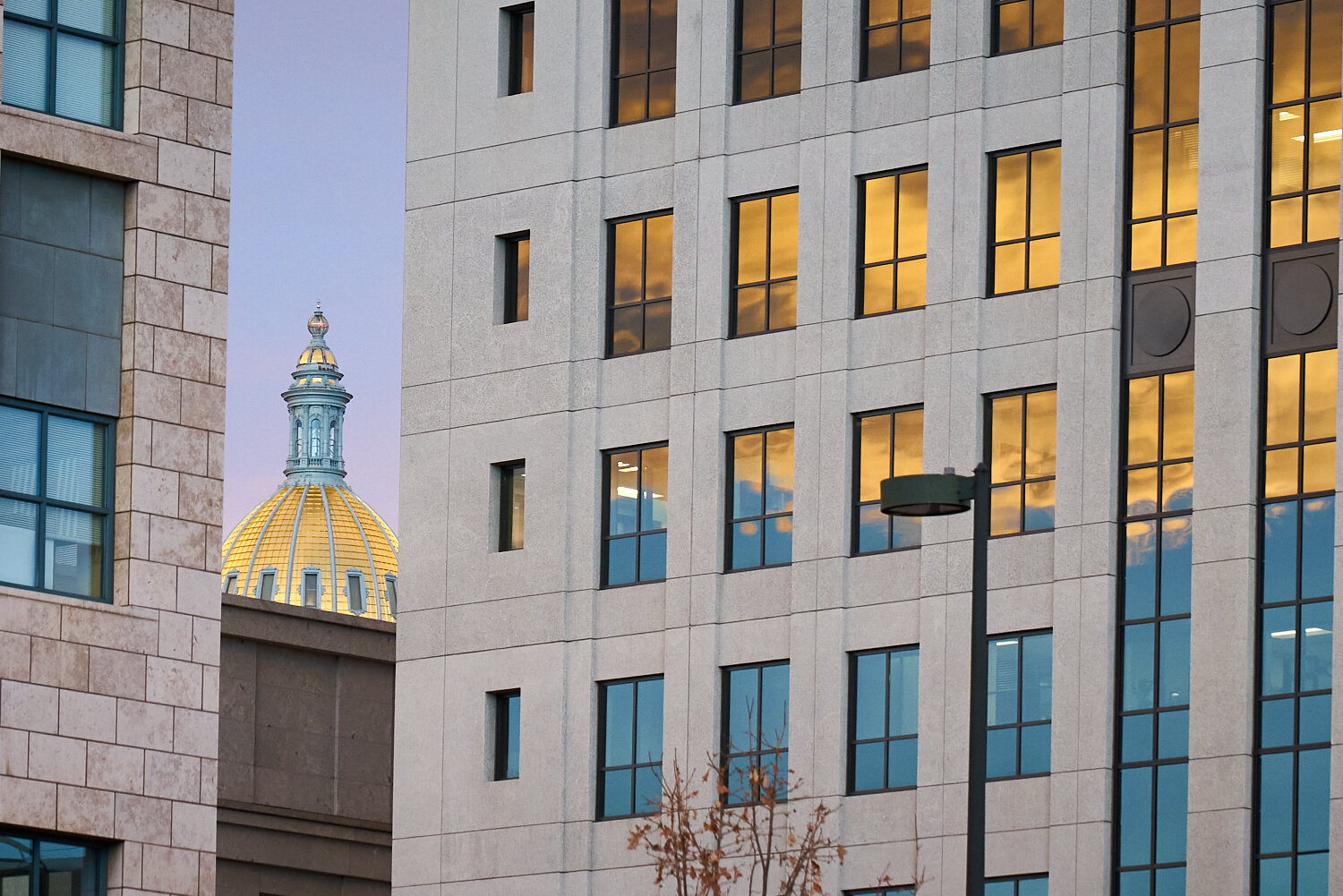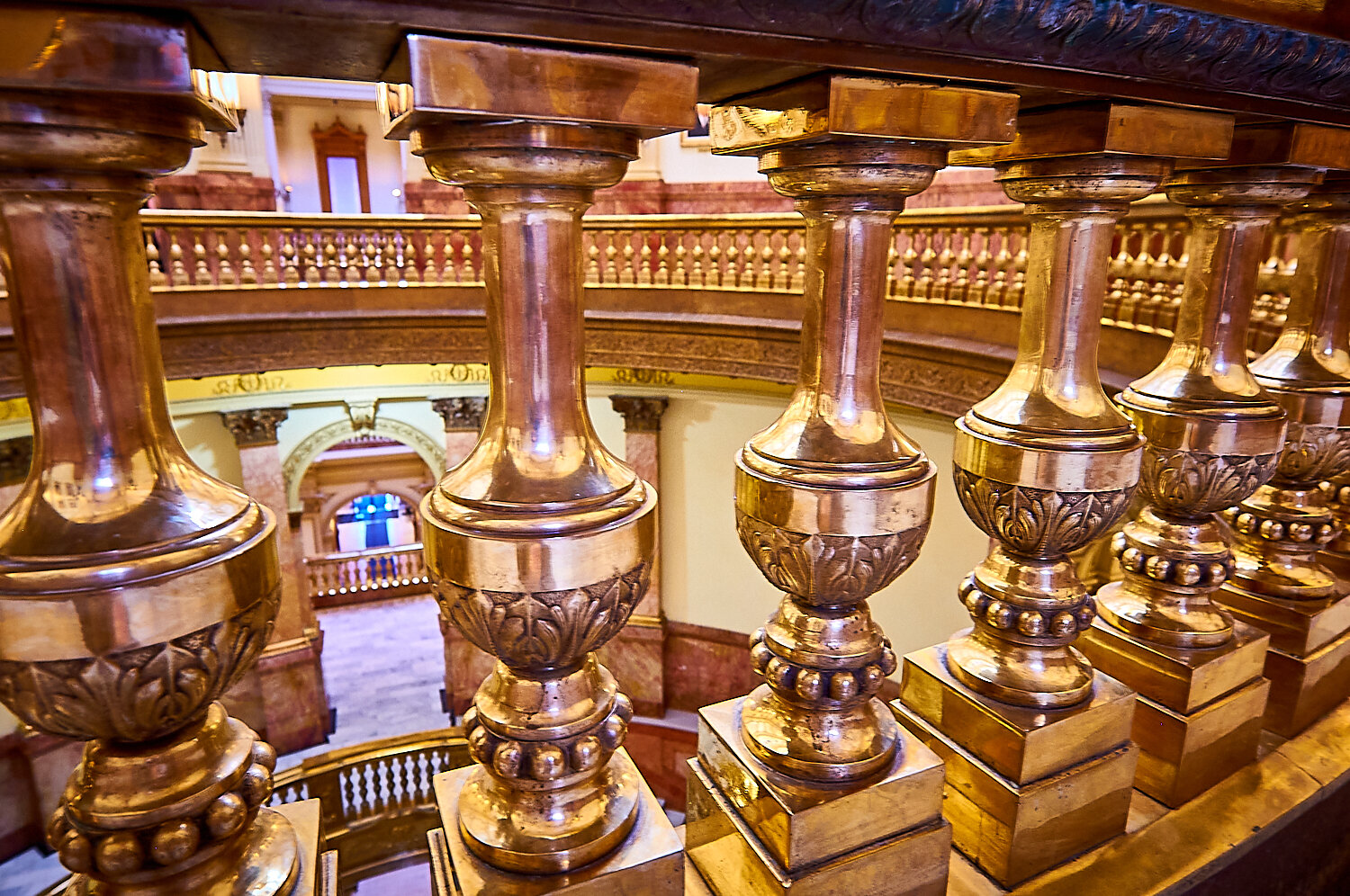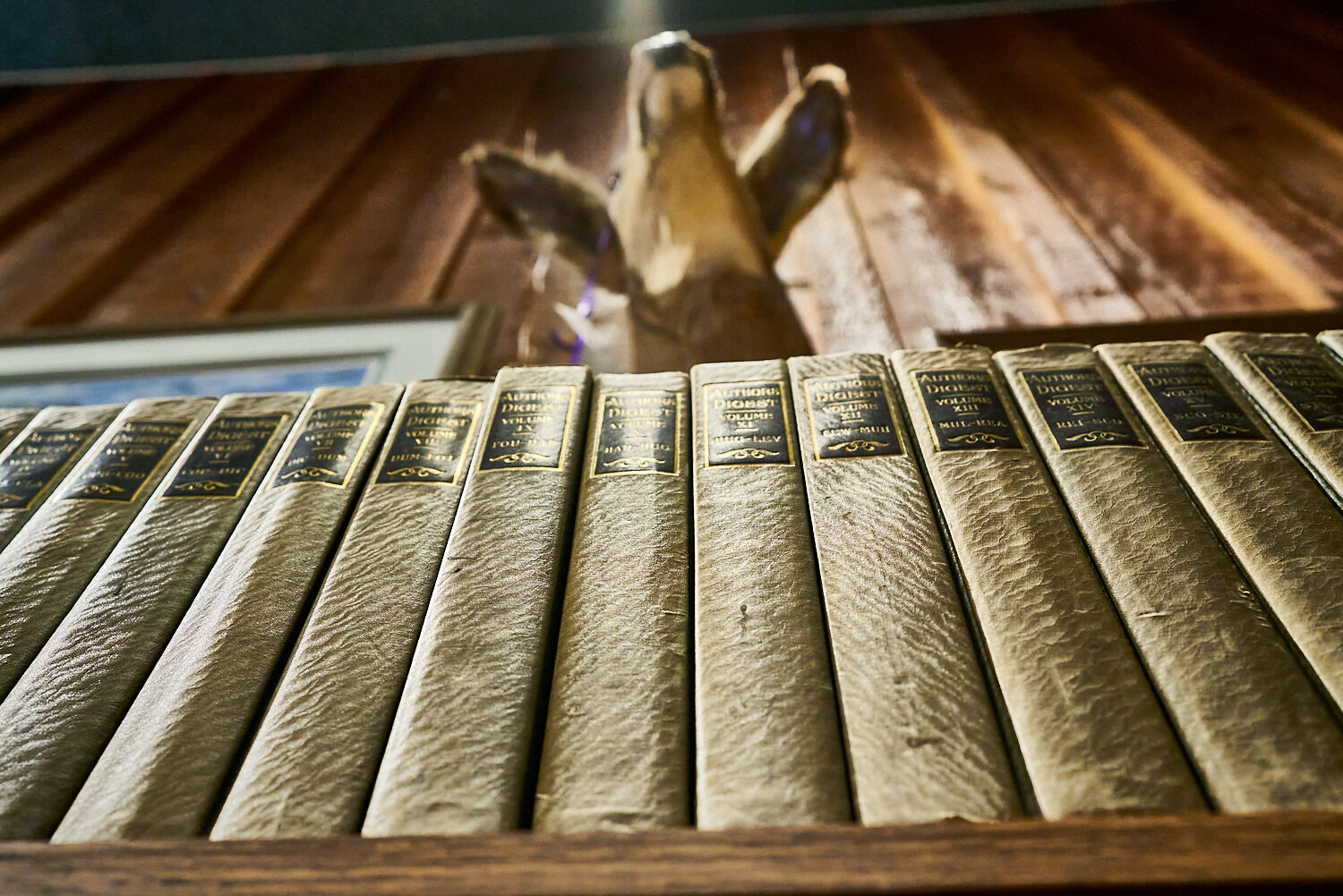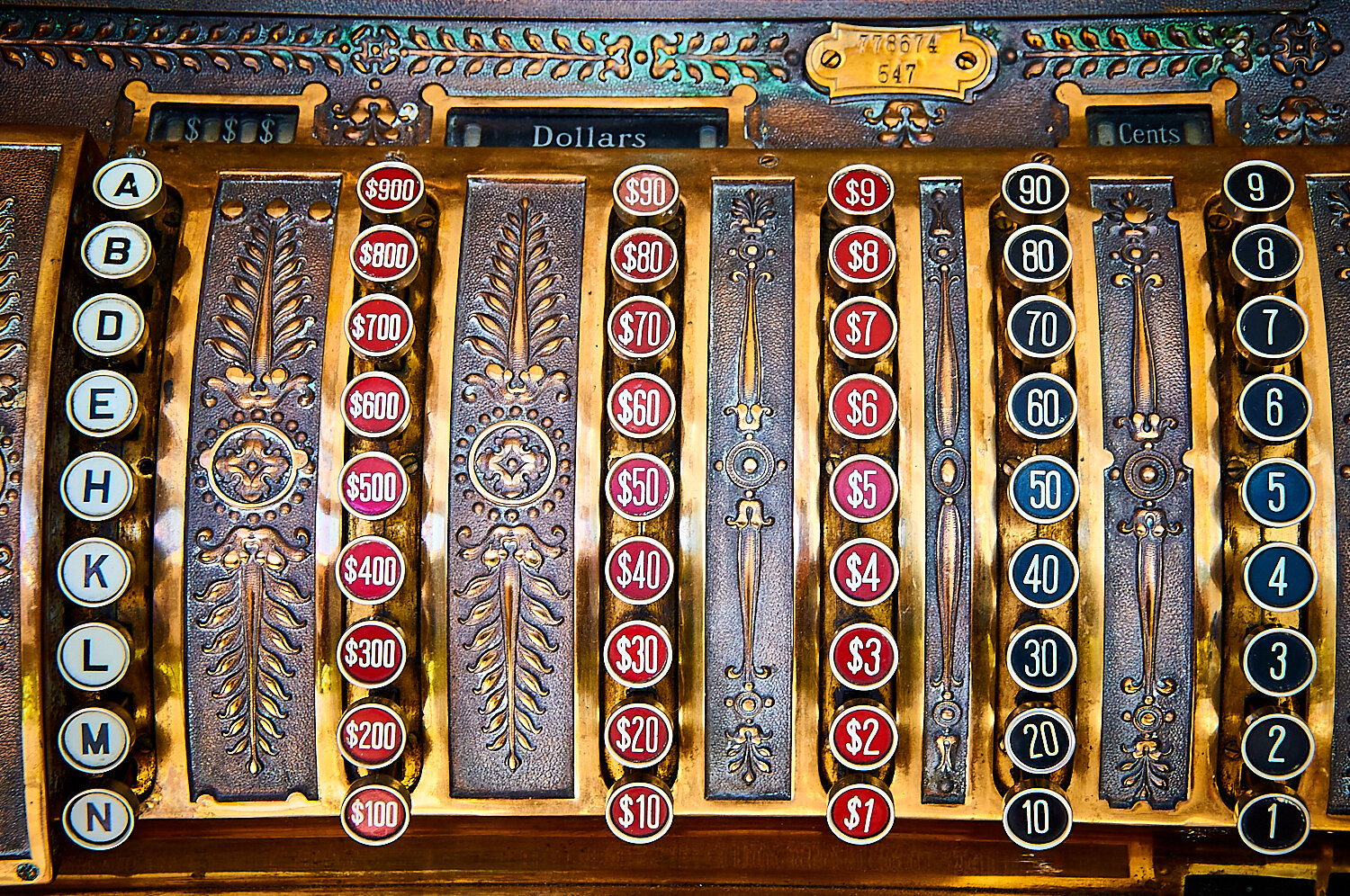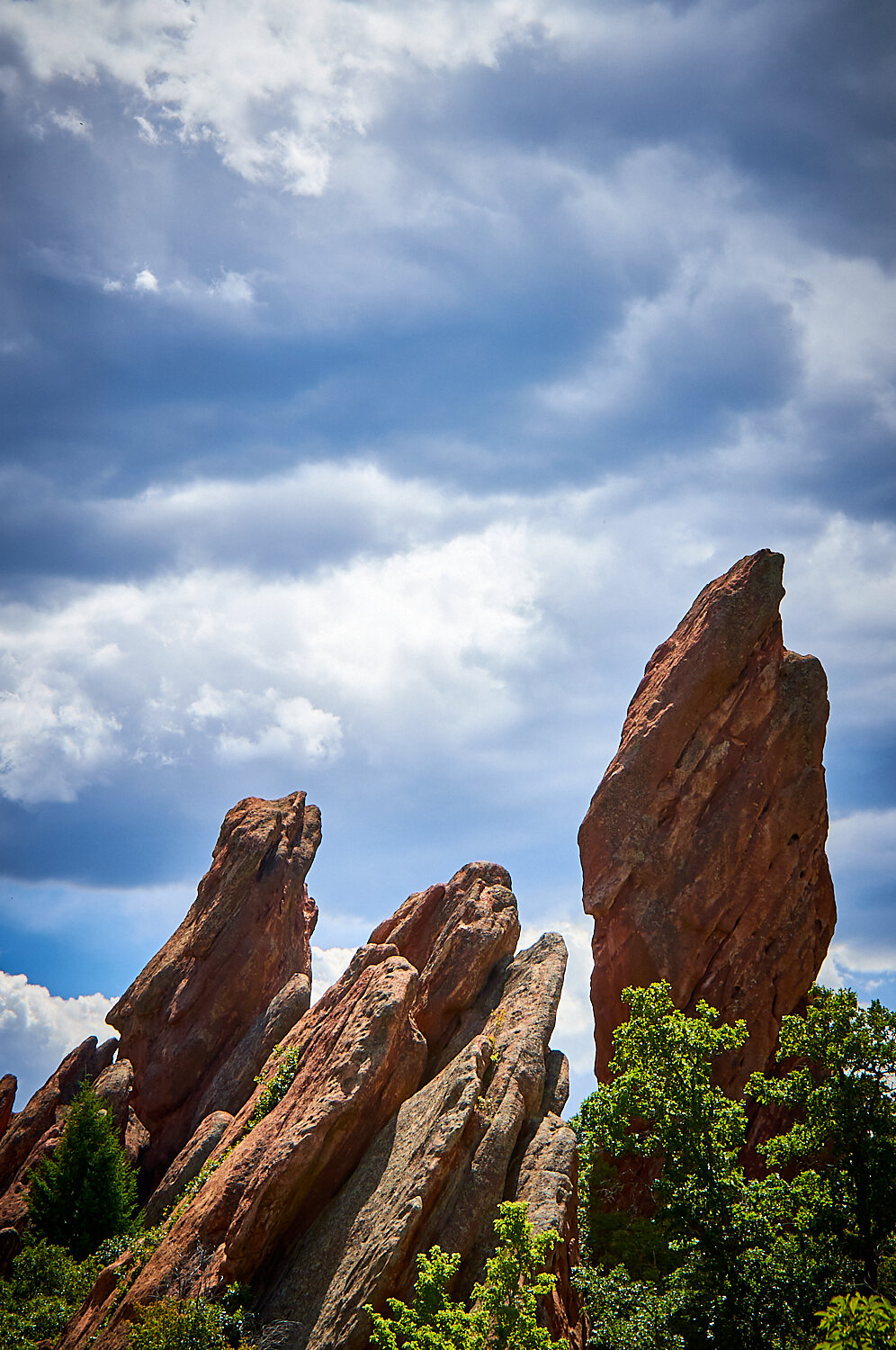
Denver & the Rockies
Stuck in the middle of everywhere.
Denver is at a funny crossroad of multiple Americas. I always thought the original Westbound pioneers, having made it this far, took one look at the Rocky Mountains between them and the Pacific Ocean and said “This is fine.” And stayed put. And that was a good choice because Denver has since become a fast expanding city of healthy, outdoorsy types that love the unpredictable weather (with lots of sunshine), the mountain weekends, the mix of southwestern food and craft beer and are still looking to strike gold.
There is an allure of a historic downtown, sprawling suburbs linked by highways and the fast expanding tech jobs market as Californians flee their smokey, high rent neighborhoods. And some come from non-California locations just for the smoke — if you know what I mean. That is part of the interesting mix too.





Back when Denver was really a cow town, the major event in January since 1906 was the world’s largest stock show beginning with a herd of longhorn cattle sauntering through downtown. Today it includes over 15,000 animals, more than 20 rodeos and still draws over 700,000 people. But along the way something happened and Denver became more diverse and cosmopolitan with excellent museums like the Denver Art Museum that hosts impressive visiting exhibits. The History Colorado Center features a deep look into the settling of the West with thoughtful exhibits about the Japanese internment camps of WWII and the fraught relations with indigenous peoples. There is an impressive collection of historic airplanes and spaceships at the Wings over the Rockies. The huge, neighborhood-sized shopping and dining experiences like Cherry Creek and Belmar are both good choices for a snowy afternoon. Bring money, because you can’t pay in gold dust any more.
There are two botanical gardens with the York Street destination in the city — lit up for the winter holidays and a fun family destination for a cold stroll. The other location is farther out with with 700 acres at Chatfield Farms — don’t miss the giant corn maze in the fall.
The state capital is also impressive (especially for photographers) and you can climb up to the picture gallery in the huge, golden rotunda.
The key to Denver is to get out. Literally. Spend a day in the mountains and you can tour several high peaks that are known locally as “Fourteeners” since they rise to over 14,000 feet in altitude (meters don’t go that high, sorry). Drive to the look out points to enjoy the view and the tiny alpine flowers along with a short wheezy stroll.
Georgetown is a well preserved mining town that is now a series of well preserved little shops and an antique railroad loop. If you are a trainspotter this side trip is absolutely necessary.
The most exciting location in the Denver area for me is Red Rocks — just 20 minutes outside of the city without having to drive up in to the mountains. Try to plan your visit around a summer concert in their famous natural amphitheater. The acoustics are remarkable and you sit out under the stars. There were over 20 Grateful Dead performances and some of the best of all time were recorded there — fight me. During the day there is a set of short hikes that, both in the summer and the winter, will immerse you into an eerie, prehistoric atmosphere. Yes, there just might be a dinosaur around the next turn.
Finally, we get to the food and beer — better late than never! There are many high end steak restaurants and a huge variety of Asian choices, partially as a result of the high number of Vietnamese (Hmong) and other resettled refugee groups. You will find the same funky hidden-in-the-strip-mall Burmese, Nepali, Thai, Vietnamese, Philippine, Sudanese, Syrian, Szechuan restaurants that you might find in LA or SF.
My favorites splurge is a massive (wet) burrito in the unique blend of Southwest and Tex-Mex styles with area ingredients like buffalo and green chili. And we are not drinking wine here — beer and make it local!

